- The National Association of Home Builders said nearly a third of Americans were multifamily dwellers in 2019.
- Only a fraction of these multifamily residents currently have EV charging, making it a very under-served market.
- Ten states currently offer Right-to-Charge Laws for multifamily dwellers, allowing the installation of EV charging.
ADVERTISEMENT
America’s share of the global electric vehicle (EV) revolution continues to grow fast. According to a January 2024 report by America’s stock exchange, known as the National Association of Securities Dealers Automated Quotations (NASDAQ): “In 2023, the EV market is expected to generate a staggering $561.3 billion in revenue, with a compound annual growth rate of about 10% projected through 2028, leading to $906.7 billion in sales that year.”
EV sales remain strong and growing in America. NASDAQ said the third quarter of 2023 reported the most robust year-over-year (YoY) sales growth of battery-electric vehicles (BEVs) and plug-in hybrids (PHEVs) since the fourth quarter of 2021.
In a December 2023 forecast, Cox Automotive said: “In 2024, the Cox Automotive team is expecting that the industry will fully come to terms with the fact that the average consumer has to be sold on the merits of going electric, and many won’t be easily convinced. But with more models, more incentives, more discounting, more advertising, and more sales muscle, we still believe more sales will follow.” Cox expects 2024 EV sales to top the record of more than one million sold in 2023. Cox also expects EVs to account for more than 10% of total vehicle sales in 2024.
EV Adoption Barrier: High Prices
Multiple EV adoption barriers exist in America, making many potential EV buyers hard to convince. One barrier is high EV prices. Kelley Blue Book listed the average new electric car price as $50,798 in December. KBB listed the average selling price for a new car, whether an EV or an internal combustion engine (ICE), as $48,759.
EV Adoption Barrier: Multifamily EV Charging
The lack of Multifamily EV Charging is a significant barrier to EV adoption for multi-unit dwellers in America. The National Association of Home Builders reported that American multifamily housing comprised 31.4% of housing in 2019, meaning that nearly a third of all Americans can’t charge at home since only a fraction of these housing units offer EV charging.
ADVERTISEMENT
Single-Family Homeowners Have the EV Charging Advantage
The majority of drivers who have already gone electric are single-family homeowners. This is because home charging is the most convenient type of EV charging, even more convenient than the average five minutes internal combustion engine (ICE) drivers spend refueling at gas stations. Level 1 charging is the easiest to set up because it uses a standard 120-volt plug. However, it is the slowest type, offering 3-5 miles of EV range per hour. Nonetheless, many drivers can use this type, primarily if the car is not driven frequently. Level 2 is the faster, higher-power home charger most drivers seek out. These use a 240V plug, typically adding 10 to 25 miles of range per every hour of charging. Some homeowners may be required to upgrade their electric panel to add this capability, which can be costly.
Multifamily EV Charging Has Various Challenges
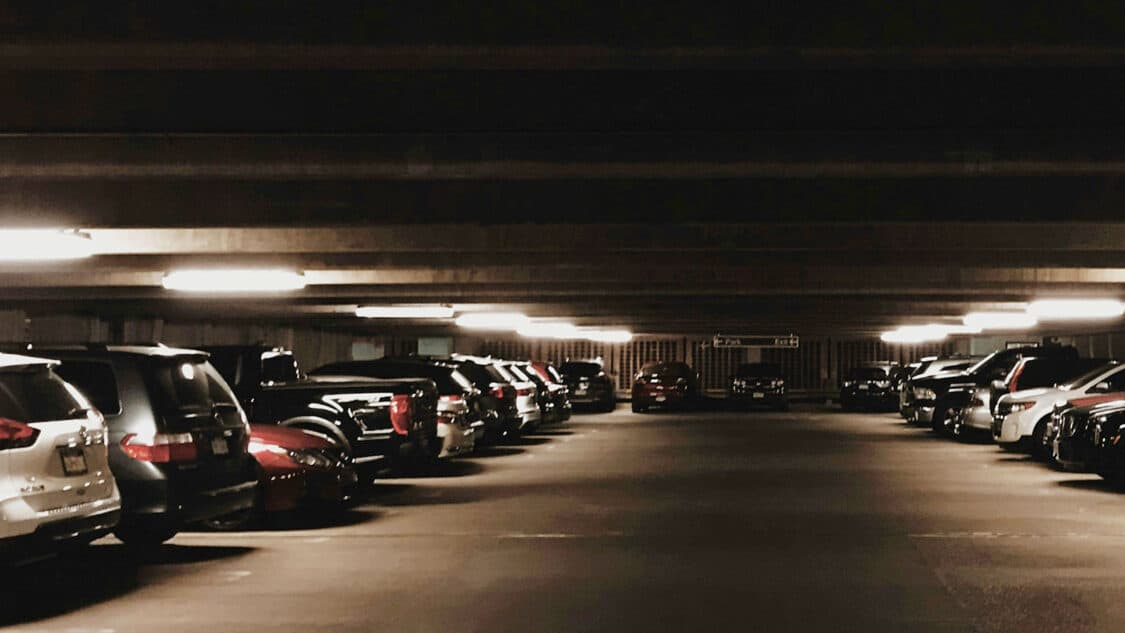
Multifamily EV charging is more difficult to install than at other locations. The reason for this is that in a multifamily location, there are more stakeholders. Residents may be owners or renters. A homeowner’s association may need to agree to install the charging. EV charging may not be a high priority for the building owner to invest in despite the fact that it adds great value to the property. Most buildings, especially older ones, have a long list of improvements desired and repairs needed.
Government Funding is Moving EV Charging Forward
The federal government has invested billions in funding to install EV charging across America, including the NEVI program. The $5 billion NEVI Formula Program is part of the $1.2 trillion Infrastructure Investment and Jobs Act (IIJA). NEVI funding is used mostly for “corridors” on freeways that connect the states, major arteries in the nation’s roadways. This is solving the problem of range anxiety for EV drivers, the fear that they will run out of charge on a trip. A portion of this funding is going to multifamily EV charging. In January, the Federal Highway Administration awarded $311 million to 36 community EV charging projects, which included multifamily. However, much more help is needed.
Right-to-Charge Laws are Helping Multifamily EV Drivers
State governments also recognize the need to help multifamily residents charge their EVs. Some states have implemented regulations, known as “Right-to-Charge Laws, ” requiring homeowners’ associations or landlords to allow residents to install Level 1 or Level 2 EV charging. Ten states currently have “right-to-charge” laws. If you are a multifamily resident without EV charging, analysts advise you to look into this if your state has one of the laws in place. If not, you may contact your state government to urge the passage of one of these laws. Reaching out to your landlord, the property owner, or HOA may get results. If you do this, mention that EV charging adds value to properties, as more and more Americans are buying and leasing EVs yearly.
As of June 2023, Right-to-Charge laws exist in Washington, Oregon, California, Colorado, Hawaii, Florida, Virginia, New Jersey, New York and Connecticut. In California, Colorado, Connecticut, and Virginia, both homeowners and renters are protected by the laws. The remaining six states’ policies focus on homeowners only.
ADVERTISEMENT
Charging Without a Garage
Some homeowners don’t have a driveway or garage to park in and have to park on the street. This applies to some multifamily dwellers as well. In these cases, some areas allow charging cords to cross sidewalks with the necessary safety precautions. Some cities offer a way to run power under the sidewalk to enable curbside charging. This is an expensive and involved process, so government funding is available in some cases. EV drivers who have EV charging available at their workplace may be able to bypass the need for home charging. If the employee works full-time at the location and has enough access to the charger, this could cover the majority of charging needs.
Some of Tesla’s Supercharger Stations Opened to Other EVs
Tesla opened some of its Supercharger network to non-Tesla EVs recently, in a widely supported move to encourage EV adoption, as one additional option for nearby multifamily EV owners. Non-Tesla drivers must use a converter to charge at Tesla’s North American Charging Standard (NACS) stations, as their vehicles likely use the Combined Charging System (CCS) charging plugs, the most common among EVs that are not Teslas. Nearly every OEM and every charging company is in the process of offering NACS.
Multifamily EV Charging is a Lucrative Business
Many companies have stepped up to fill the need to provide condos, apartments, and other multifamily units with much-needed EV charging. These include Tesla, Blink, ChargePoint, GoPowerEV, Amperage Capital, Orange Charger, EV Connect, Loop, EverCharge, Oodles Energy, SWITCH, Pangea Charging, Wevo Energy, Livingston Energy Group, Vehya, and Xeal. Experts recommend that investors and new companies get involved in multifamily EV charging. The potential for new business opportunities is massive. One thing is for certain: EV adoption will continue to grow in America and around the globe, creating more multifamily EV charging and other EV-related opportunities for forward-thinking businesses.
ADVERTISEMENT

FEATURE IMAGE: PRECIOUS MADUBUIKE
FTC: We use income-earning auto affiliate links. Learn more.


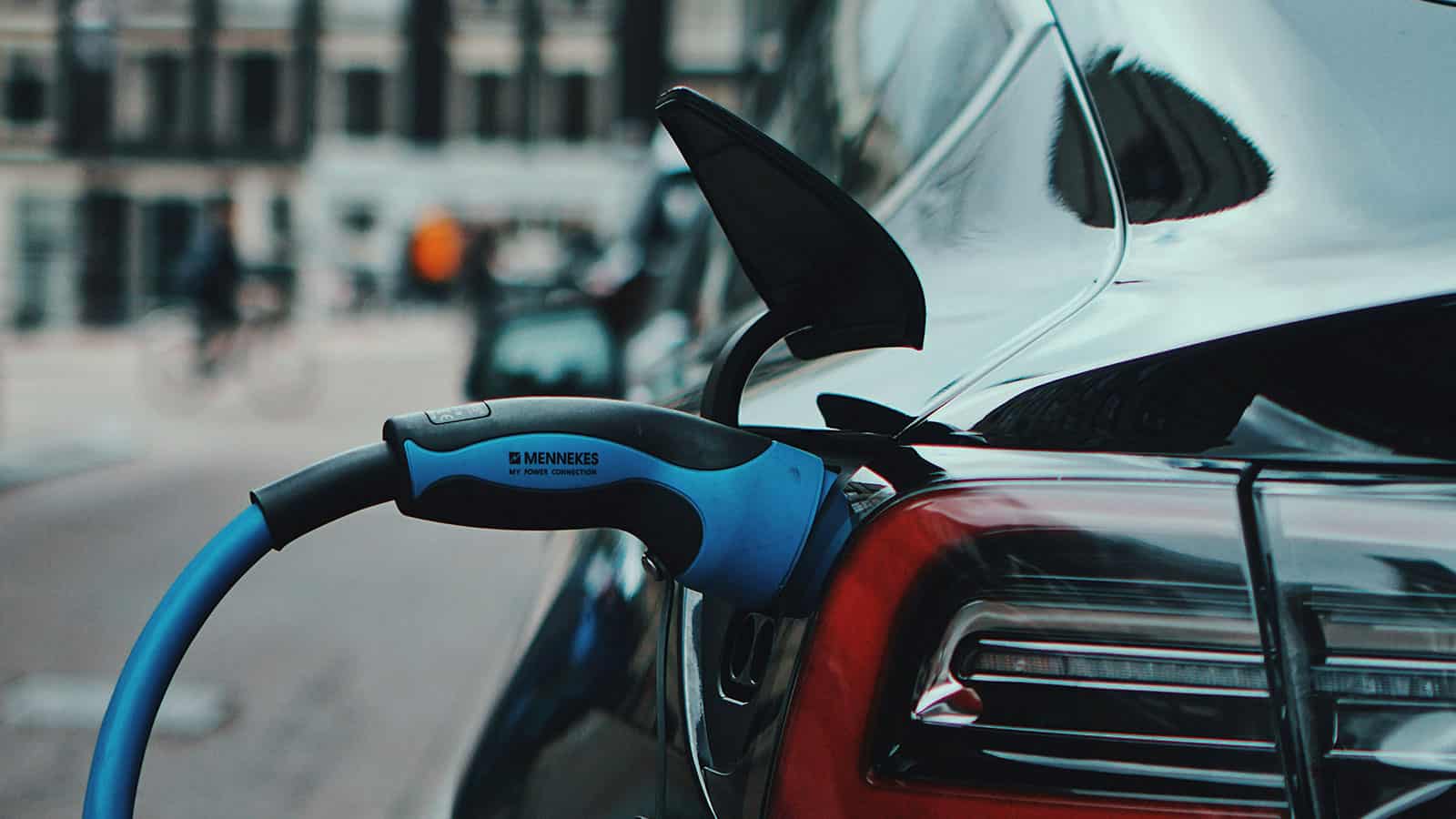
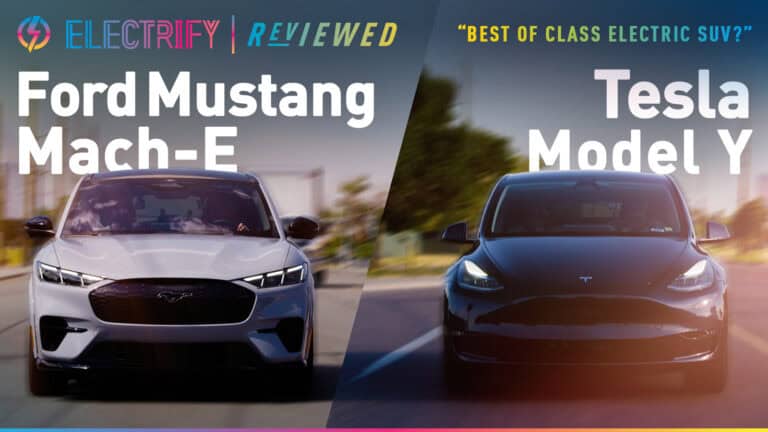
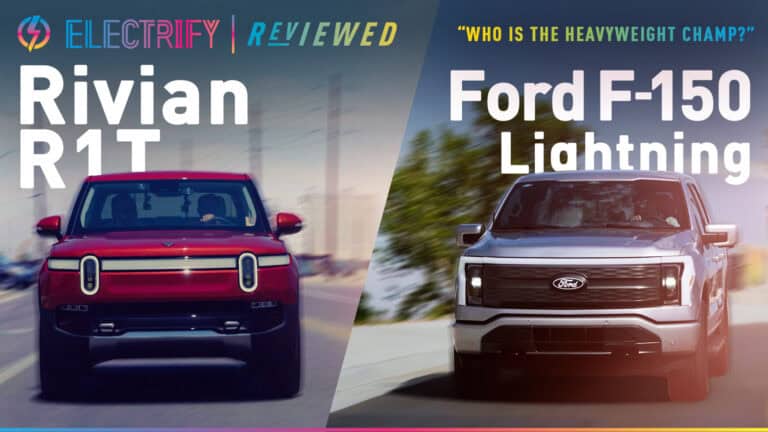



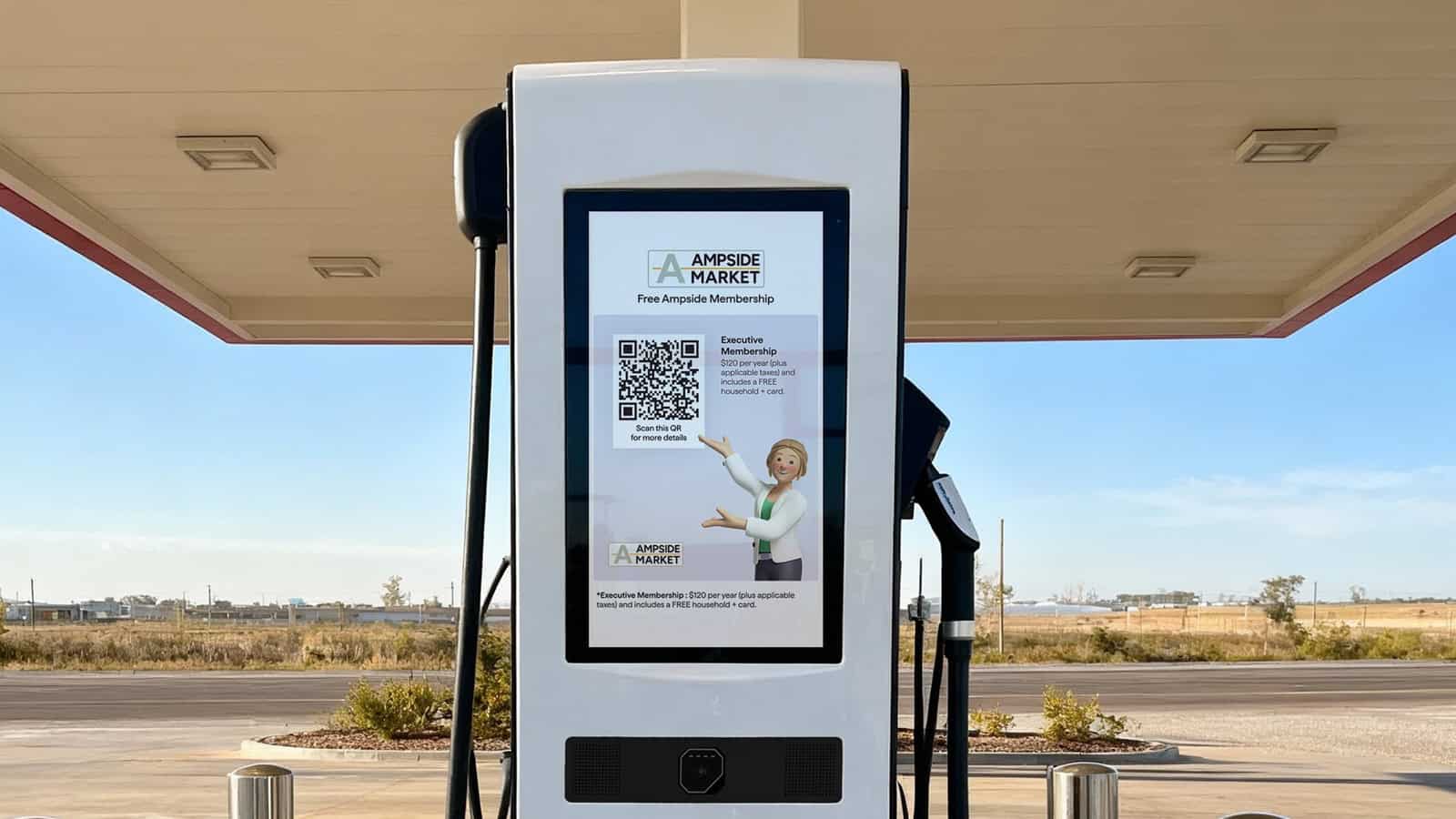
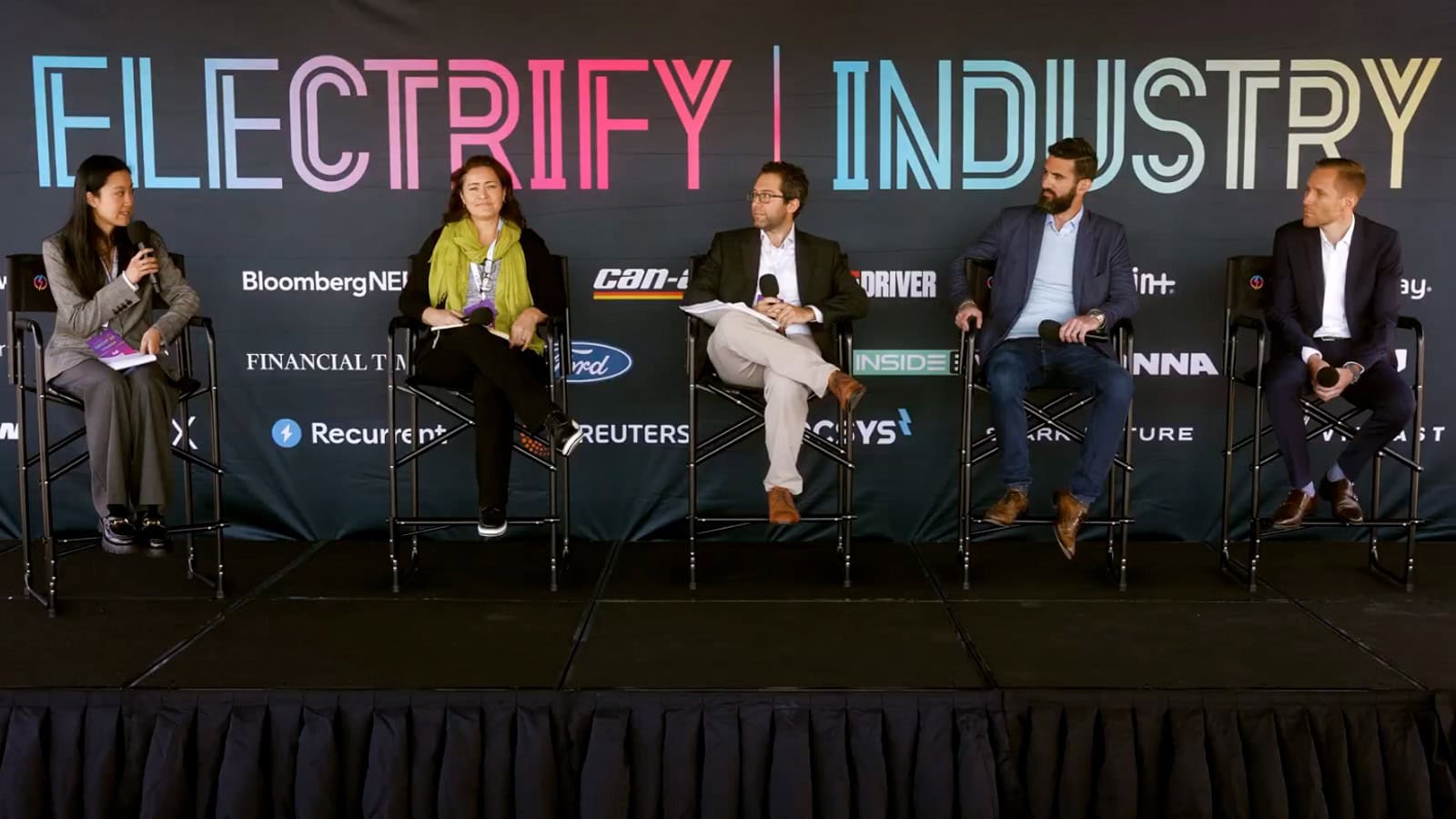


10 Responses
The title drew me to this article as it sounded like you would discuss solutions to EV charging in multi-tenant housing. Sadly, it’s more of a list of why it’s such a hard problem.
One challenge you don’t address is the domino effect of installing EV chargers in multi-tenant buildings. Even if landlords or homeowners’ associations are willing to install chargers, they will often realize there isn’t enough power for them. To get sufficient power, utilities often have to replace transformers or upgrade panels which increases cost and takes time.
An alternative could be to generate some of the electricity needed with solar panels or wind turbines but multi-tenant buildings often don’t have sufficient surface area on the roof for panels, and neither panels nor turbines are efficient enough to cover even a small percentage of the building’s needs.
If the government provided incentives to pay for the upgrade of transformers and electric panels and forced the utilities to actually do the work, I’m sure more multi-tenant buildings would install EV chargers.
Beautiful article.
My company, EV Tech, has been supporting multifamily charging solutions for 25+ years. We felt like this was a neglected market segment early on and put a lot of resources to help support these customers. Not everyone lives near a fast charger, not has access to a garage like you pointed out. I’d love to have my company’s name added to the list at the end of the article if possible.
I look forward to the next one!